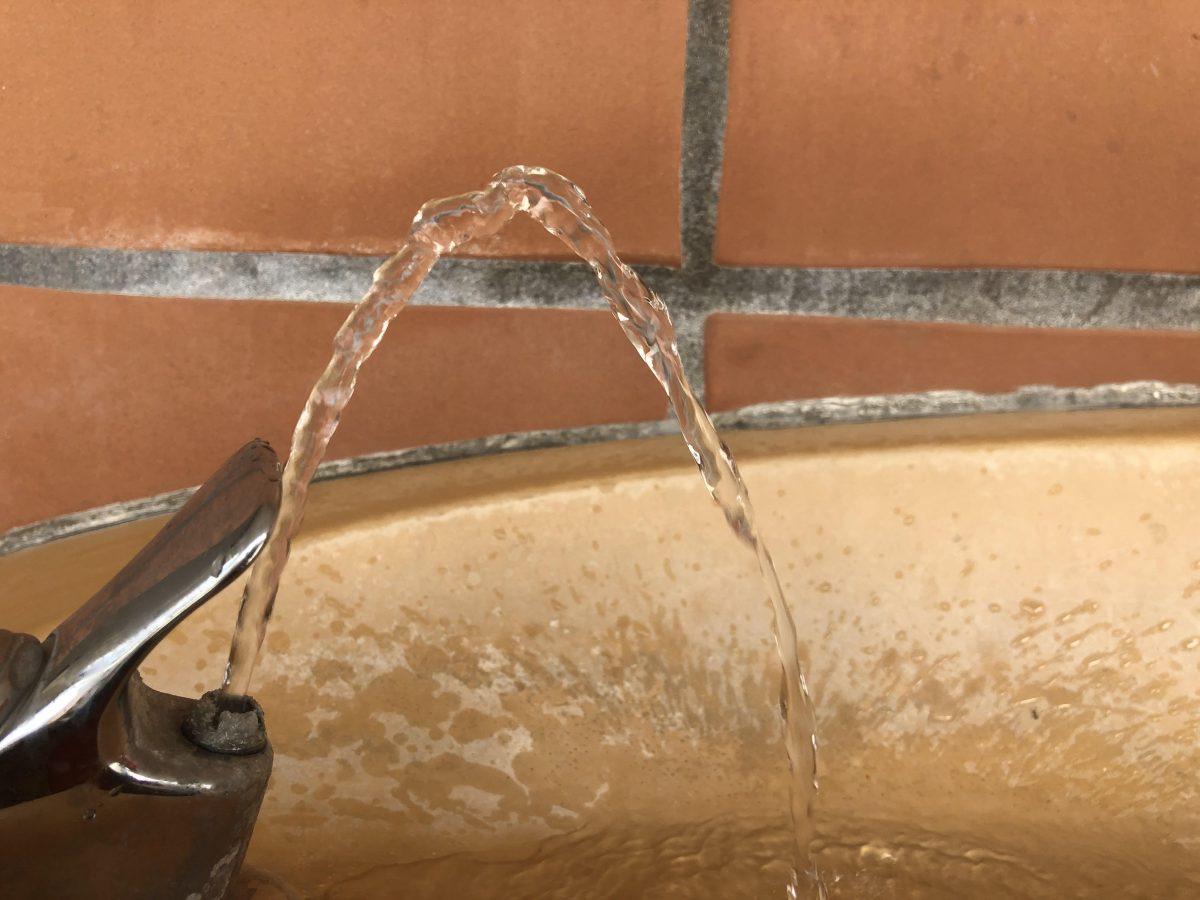The California State Water Resource Control Board (CSWRCB) tested 24 drinking wells in San Luis Obispo and Atascadero and found that many are contaminated.
CSWRCB found that 15 of the drinking wells studied had some level of perfluorooctanoic (PFOA) and polyfluoroalkyl (PFOS) substances that required at least some notification for residents who consume that water and, in some cases, an action plan. The chemicals together are also referred to as PFAS.
The testing took place in April. CSWRCB tested 19 wells in San Luis Obispo and five in Atascadero. Â
Of the 19 wells tested in San Luis Obispo, 11 tested high enough to require a notification alert, with four requiring action to bring down its PFAS levels. Two wells (Whitson Industrial Park and CB&I Constructors Inc.) were found to have very high levels of PFAS.
In Atascadero, four out of the five wells tested had levels high enough to require water companies to alert customers. The total levels of PFAS in the wells were not high enough to require action.
What Are PFAS?
PFAS were manufactured starting in the 1940s. Today they are used for a variety of things, including waterproof clothing, fire fighting foam, and food packaging. Â
These particles have been given the term “forever chemicals.” The reason is that many PFAS enter the body, but they don’t break down simply and can stay in the body for years. Furthermore, they have been linked to cancer, birth defects, liver damage, and more.Â
A study conducted by Northwestern University found that 15 million Americans in 27 states have been exposed to this chemical.
How has it entered our water system?
The four major sources of PFAS contamination are burn sites, industrial areas, landfills, and wastewater treatment centers. PFAS can also enter the system from runoff in the ground or littered items containing the chemicals. Â
What to do for safe water
Water maintains many functions of the human body. For those that aren’t sure if they trust their drinking water, bottled water is a safe alternative. However, water bottled in plastic can be costly, and it’s a pollutant. A personalized water bottle would be an eco-friendly alternative, and some have built-in filters. To filter the water inside your home, CSWRCB recommends a carbon or reverse osmosis filter.Â
Residents who aren’t sure if their water is safe should contact SLO County Environmental Health Services at (805) 781-5544 or [email protected] for more information.










Grammarian • Nov 20, 2019 at 8:57 am
“burn sights”
Heh.
S • Nov 18, 2019 at 9:57 am
I want to be shocked, but this has been an ongoing problem nation-wide for some time now. Whether it’s lead from pipes or PFAs from chemicals in run-off. I think it’s difficult to accept that it can happen here in SLO too!
There’s a local startup company in the Cal Poly HotHouse that’s building a portable water filter that fits onto your water bottle and filters directly from the sink. They’re not for sale yet, but you can see what they’re working on:
http://www.getwayve.com
Trent Frigone • Nov 14, 2019 at 11:33 am
If you would like to discuss removal options or just want to ask some questions feel free to give me a call. Trent @ Water Unlimited 805-244-5899
Tim • Nov 13, 2019 at 9:16 am
Is the Cuestonian just rewriting Tribune articles now? Pretty much the exact same article was posted on the Tribune’s website two weeks ago (though that one actually had quotes from experts). What reporting have you done for this article, and what does it have to do with Cuesta in particular?
Also, it looks like the staff could really use a copy editor…